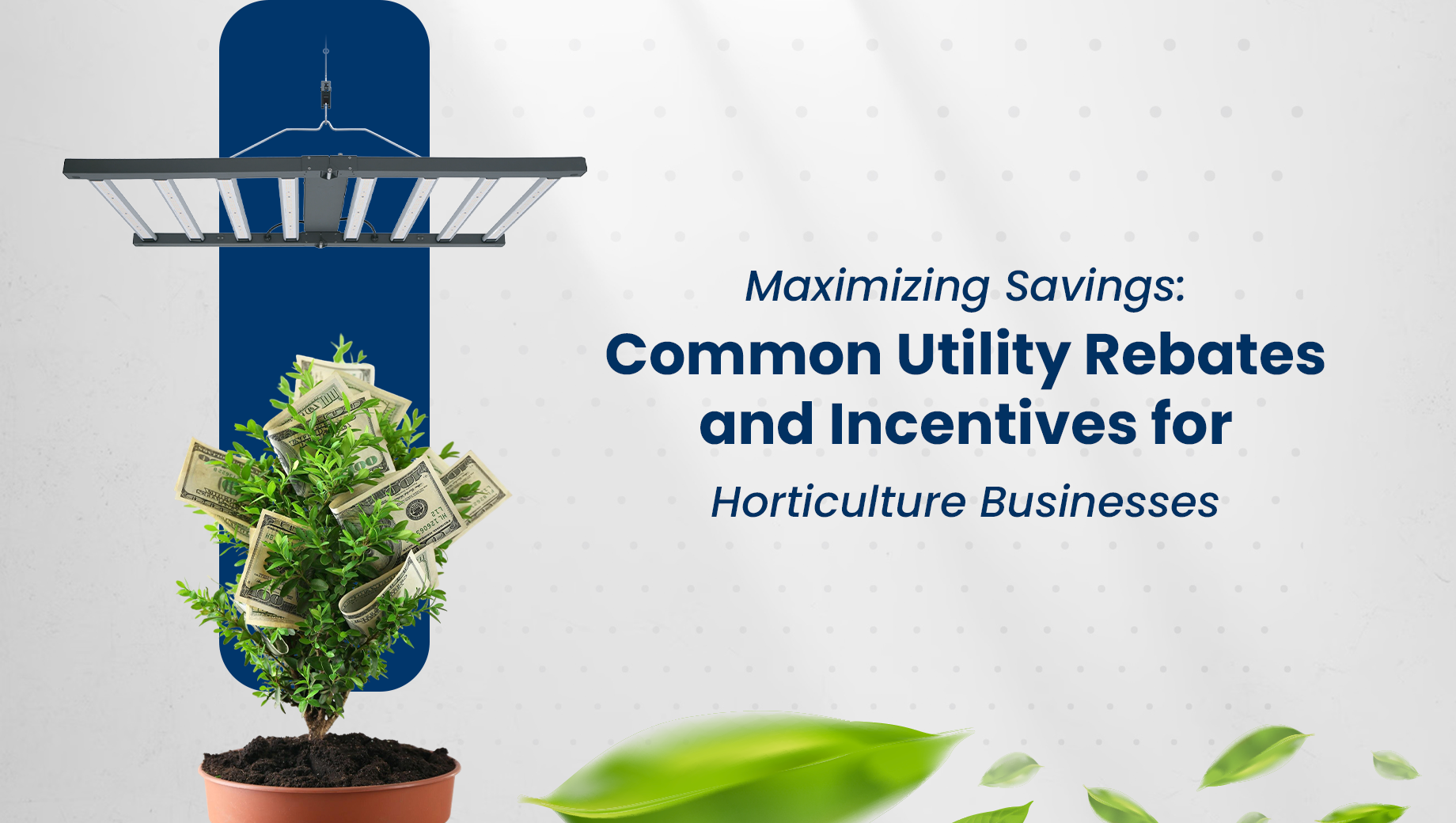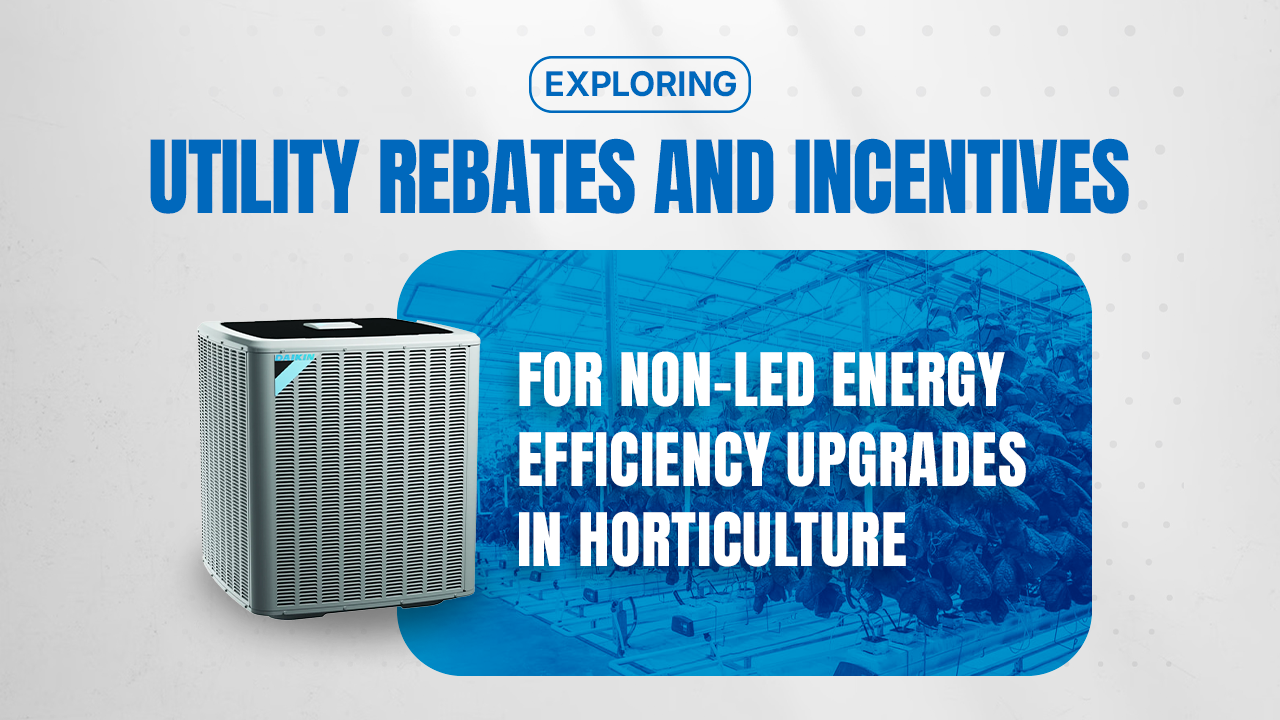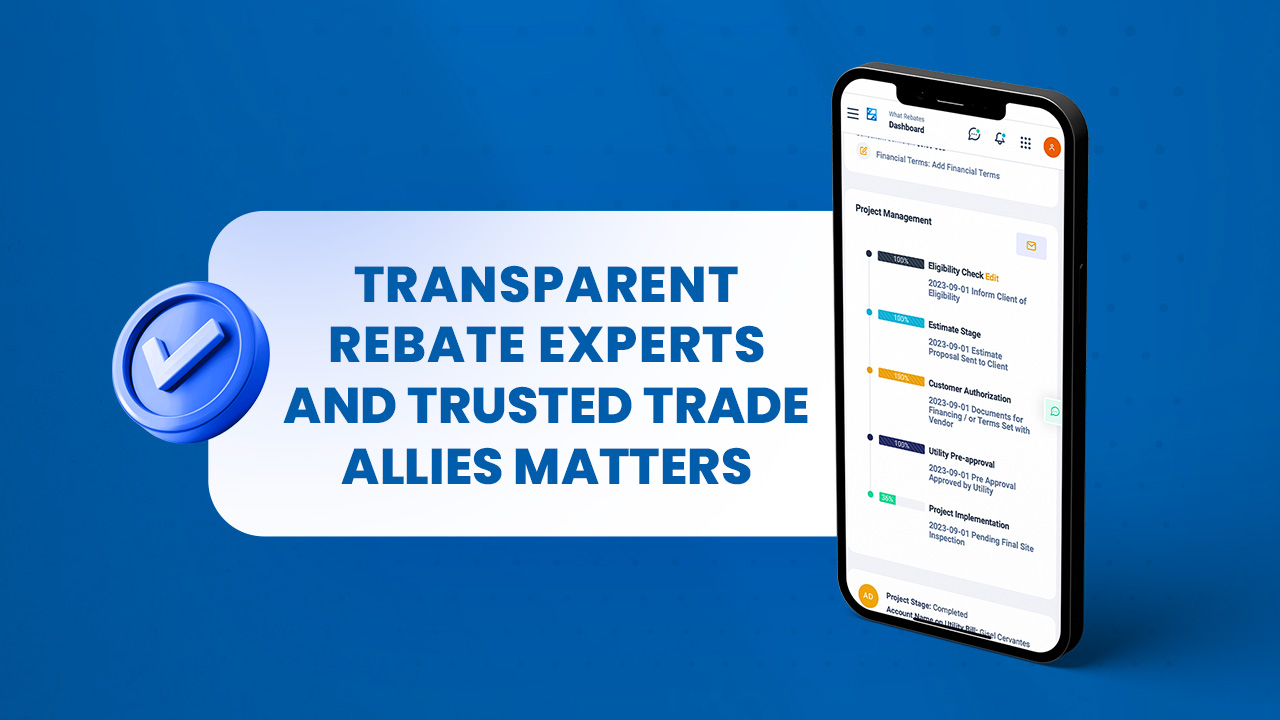Rebates Horticulture Savings

Utility rebates and incentives are typically available to commercial and industrial customers, including horticulture businesses. Eligibility often requires the implementation of energy-efficient technologies that meet specific performance standards.
Commonly eligible equipment includes energy-efficient lighting systems, such as LED grow lights, HVAC systems, dehumidifiers, and other energy-saving technologies. For instance, replacing high-pressure sodium (HPS) lights with LED fixtures can qualify for substantial rebates.
Rebate amounts vary based on the utility provider and the specific program. Some programs offer rebates covering a significant portion of the equipment costs, potentially up to 100%. For example, certain programs may cover 75% of the cost for replacing over 800 light fixtures with energy-efficient LEDs.
The process generally involves assessing your facility's energy usage, identifying eligible equipment, and submitting an application to the utility provider. Some programs may require pre-approval before purchasing and installing the equipment, while others may offer post-installation rebates.
Beyond rebates, utilities may offer other incentives such as financing options, energy audits, and technical assistance to support the adoption of energy-efficient technologies.
Cost Savings: Substantial reductions in equipment costs can lead to quicker return on investment and improved cash flow.
Energy Efficiency: Upgrading to energy-efficient equipment reduces energy consumption, leading to lower utility bills and a smaller carbon footprint.
Enhanced Productivity: Modern, efficient equipment often operates more effectively, potentially improving overall productivity and product quality.
Given the complexity and variability of utility rebate programs, horticulture businesses can benefit from partnering with experts who specialize in these incentives. Companies like What Rebates offer professional guidance to help businesses identify and secure available rebates, ensuring a seamless process from application to reimbursement.

